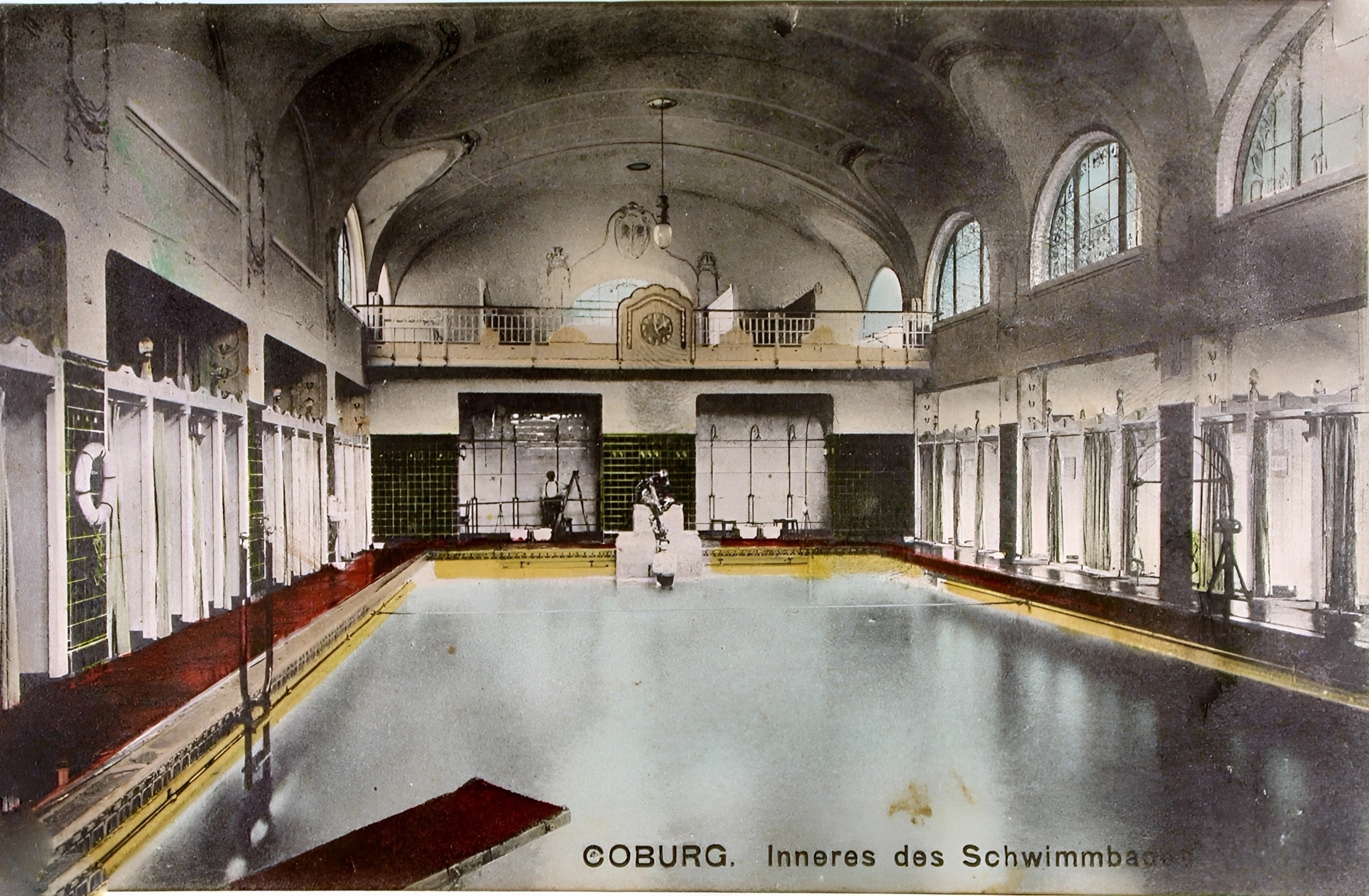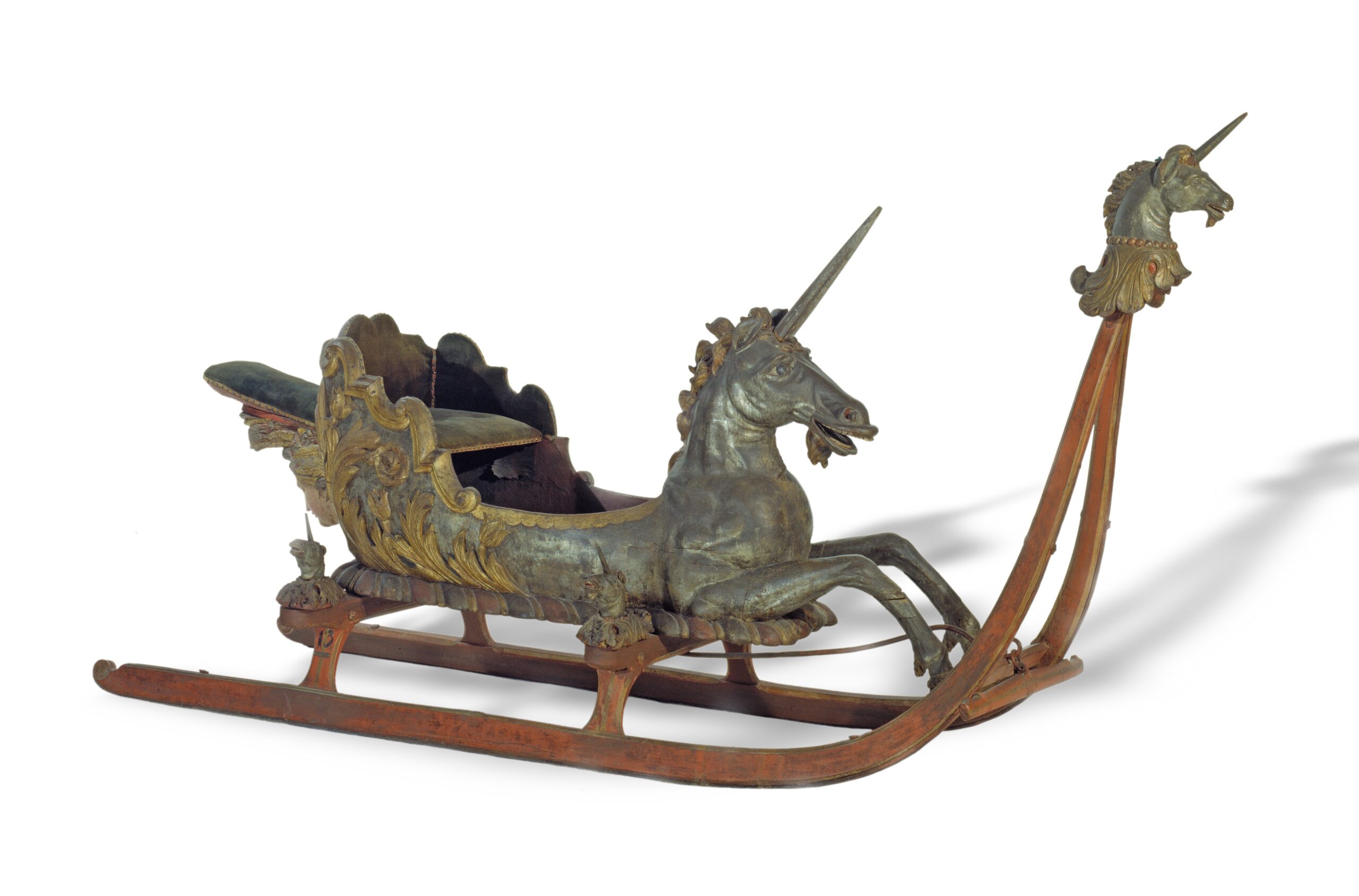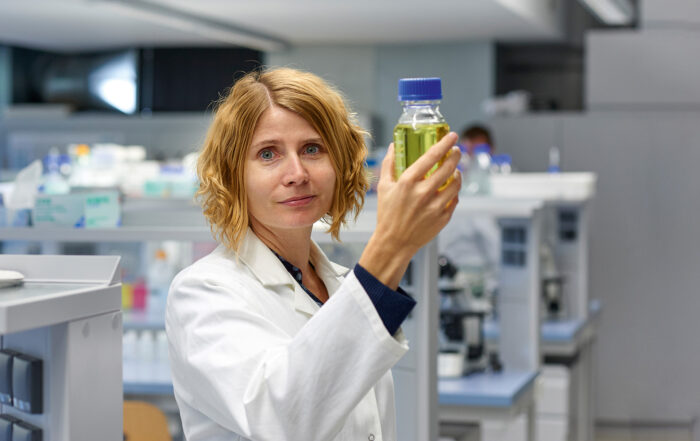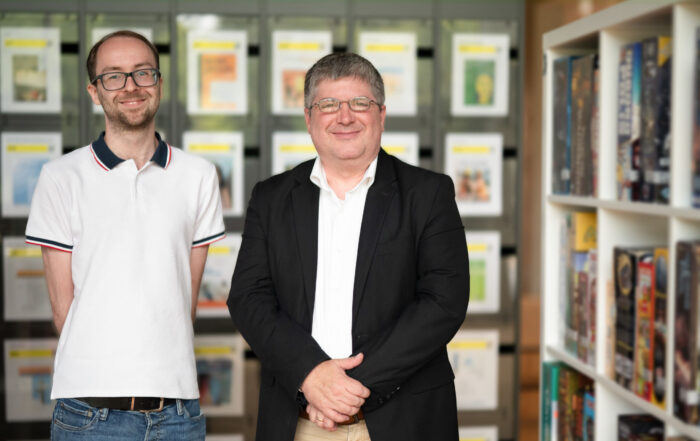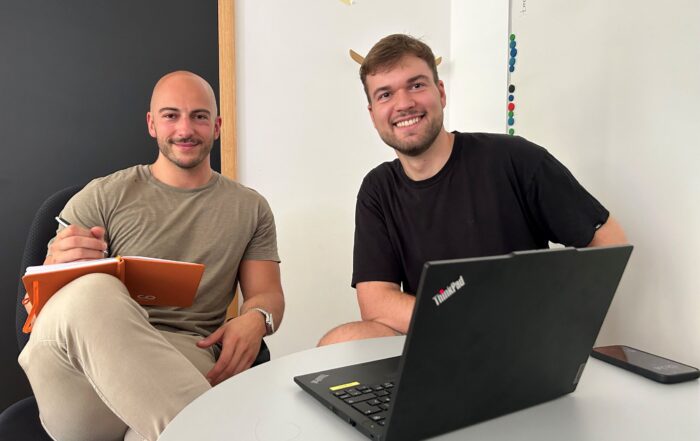19. July '24
from Natalie Schalk
From the cult of the body to innovative technology: the new book “Technologies in Sport” shows how technological change and major social changes are linked to health, fitness and leisure activities.
Co-editor Prof. Dr. Christian Holtorf from Coburg University of Applied Sciences explores the question of what makes sport so innovative, dynamic and fascinating.
Renowned experts from various disciplines create an insightful and entertaining overall picture. Sport requires effort.
Technology does the work for us.
This may sound like a contradiction at first, but it actually fits together very well, as Prof. Dr. Christian Holtorf explains.
The Professor of Science Research and Science Communication at Coburg University of Applied Sciences has been working intensively on the fact that technology has been used in sport for a long time.
In the Baroque era, for example, the ladies of the court competed in tournament games with lances, rapiers or pistols – in a Caroussel sleigh, as can still be seen today in the art collections of the Veste Coburg.
This ornately decorated model is also shown in one of the numerous illustrations in the new book “Technologies in Sport. Bodies, Practices and Discourses in Historical Change”.
At first glance, the images show that there have been many and very different interactions between sport and current technology in every era. Technological change in sport Today, this ranges from snow farming in winter sports resorts to wearables such as fitness watches and e-sports in the computer games industry.
Technological change in sport also stands for pressing social issues such as sustainability, health and globalization.
These interrelationships and the social prerequisites and consequences that make sport so innovative, dynamic and fascinating are examined scientifically in this anthology by experts from various disciplines.
The creation of the book goes back to the Technology Alliance Upper Franconia (TAO) theme year 2022.
The two universities of Bamberg and Bayreuth and the universities of Coburg and Hof have joined forces in TAO and the aim of the “Technology and Sport” theme year was to present and discuss technological innovations, social trends and social developments in sport to a broad public.
The theme year was initiated and led by Prof. Dr. Christian Holtorf from Coburg University of Applied Sciences.
He has now edited the anthology together with Prof. Dr. Olaf Stieglitz, Professor of American Cultural History at the University of Leipzig.
Many of the articles in the book therefore have a connection to Coburg or Upper Franconia.
In one chapter, the regional historian and town historian Dr. Christian Boseckert uses the example of the Coburg public baths to explain the German bathing culture of the
19th and
20th century.
With the spread of private bathrooms, they lost their medical and hygienic significance and were demolished in many places – such as large parts of the Coburg Art Nouveau building Alexandrinenbad in 1977.
Readers can explore the ethical aspects of wearables, body and personality development, money and professional soccer or the question of whether e-sports is actually a sport.
It’s about men, women and symbols in sport, about National Socialism, about profound and entertaining connections between sport, technological change and society. Athletics star Felix Streng in an interview Felix Streng offers the perspective of a top athlete. “I have decided for myself that winning the 100 meters in Tokyo should be my life’s success,” says the German athletics star in an interview that can also be read in the book.
He talks very personally about international successes, about how he won gold at the Paralympic Games in Tokyo, about training routines and team spirit and about the role technology plays for him in sport.
Streng was born in La Paz in 1995 without a lower right leg, grew up in Bolivia, England and a village in the district of Coburg, but moved to a sports boarding school at the age of 16.
Technical aids such as prostheses are high-tech inventions in elite Paralympic sport.
“Competitive sport will always be innovative and tech-savvy,” says Streng.
But he also has an eye for everyday life, where technology also has many advantages: And these range from classic exercise bikes and smartphones to interactive mirrors for fitness programs or YouTube videos for yoga. About the book: Technologies in sport. Bodies, practices and discourses in historical change. Edited by Prof. Dr. Christian Holtorf and Prof. Dr. Olaf Stieglitz.
Verlag Erich Weiß, Bamberg, 2024, 152 pages with many illustrations, 14.90 euros, available from the Riemann bookshop at Markt 9 in Coburg.



